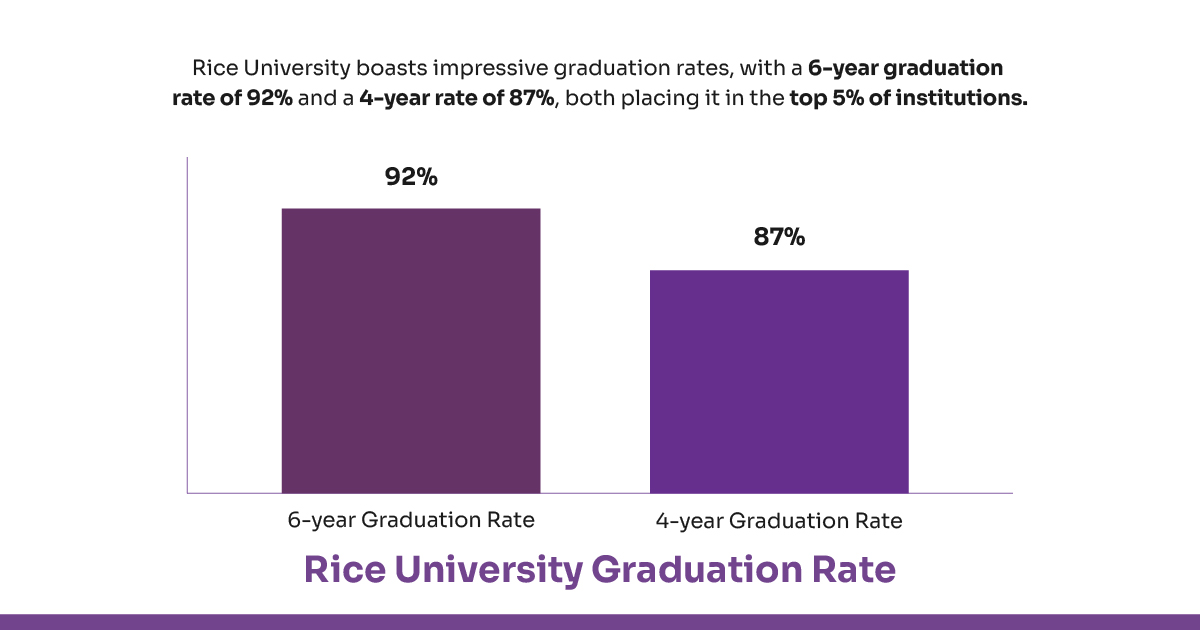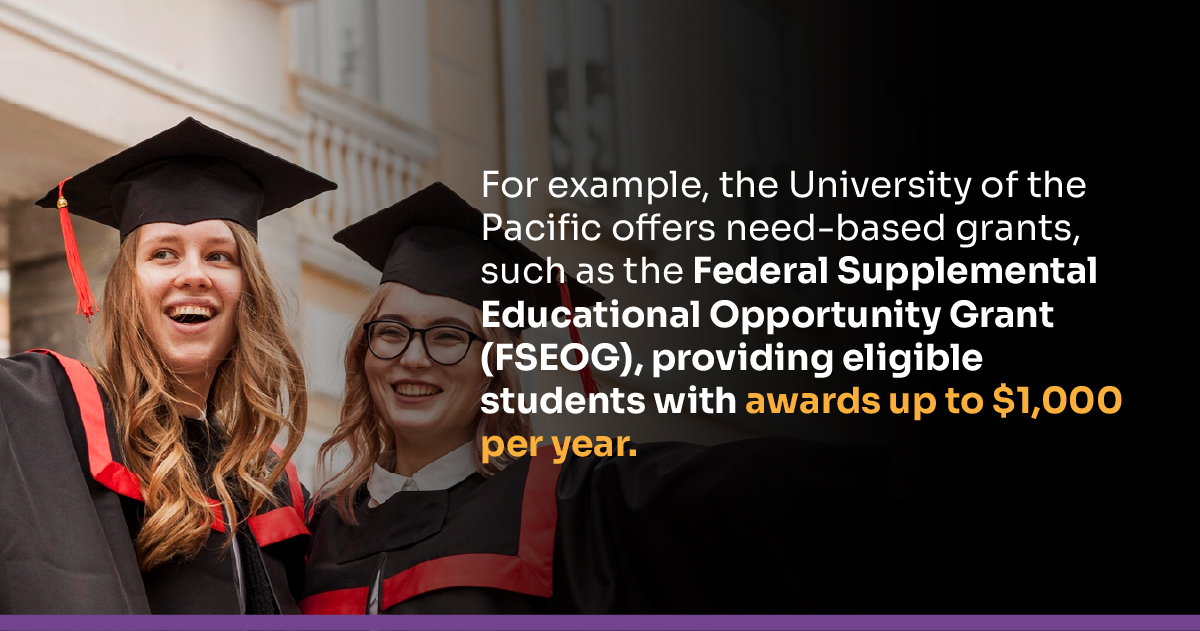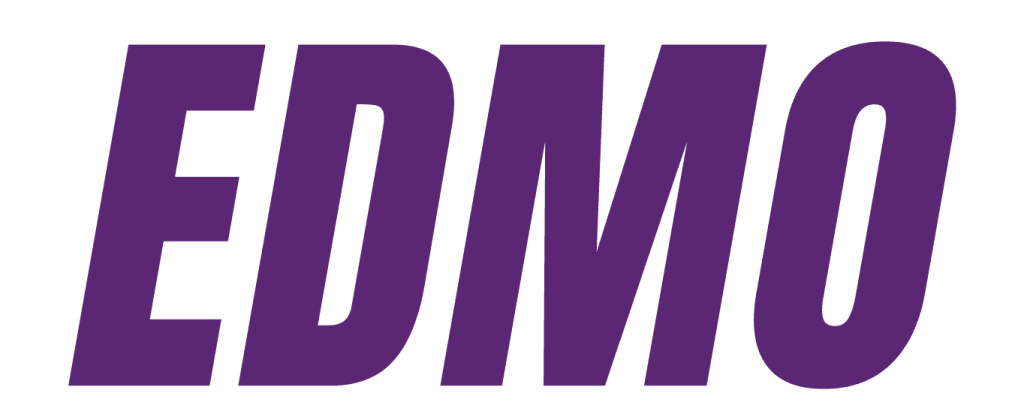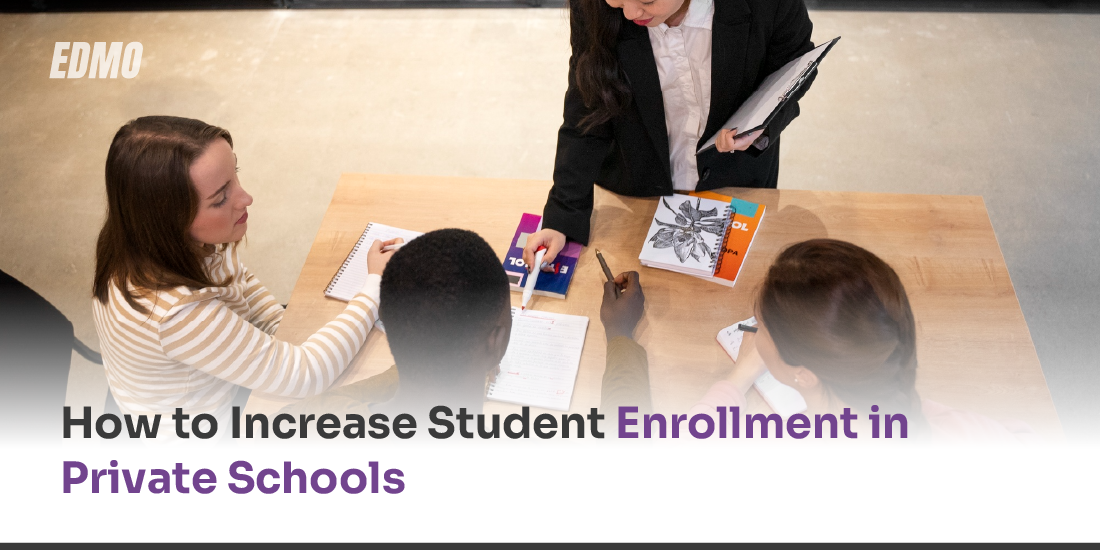Explore proven methods to attract more students to private schools, including digital marketing, personalised communication, scholarships, and industry partnerships. Stay ahead in a competitive education market by making enrollment easier, affordable, and more appealing to today’s learners.
Table Of Contents
Private universities occupy a vital—but increasingly competitive—niche in global higher education. The National Student Clearinghouse Research Center reports that undergraduate enrollment at U.S. private non‑profit institutions in Fall 2024 ticked up 3 % year‑over‑year after several years of decline. Yet, overall headcount is still ‑8.4 % below the 2010 peak. Meanwhile, demographic headwinds loom: first‑year enrollment across U.S. colleges dropped 5 % in 2024, a signal of the coming “enrollment cliff” linked to lower birth rates.
Yet opportunity abounds. Demand for flexible, industry‑aligned credentials is surging; certificate enrollment jumped 9.9 % in 2024 and now sits 28.5 % above 2019. Select private universities are capitalising: Rice University, for example, just announced a 30 % expansion in undergraduate seats by 2028, backed by $1.5 billion in new financial aid funding. Against this backdrop, strategies to boost private university enrollment must tackle affordability, differentiate academic offerings, and deploy data‑driven outreach to capture a shrinking—but still motivated—student pool.
Challenges Faced by Private Schools in Student Enrollment
In the current U.S. higher‑education landscape, enrollment management teams contend with market and demographic headwinds and several internal administrative hurdles.
Systems Don’t Talk to Each Other
Colleges use many different software tools (admissions, classes, financial aid) but aren’t connected. Staff must copy‑paste info, can’t follow a student’s journey, and spend extra hours fixing data by hand.
Too Few People, Too Little Training
Budgets got cut, yet enrollment teams now handle even more tasks—online ads, overseas recruiting, and government reports. With small staff and limited training in data or marketing, things move slowly, and chances to attract students are lost.
Loads of Red Tape
Federal and state rules (FAFSA, Title IX, FERPA, visa checks) demand piles of paperwork and audits. Staff spend so much time staying legal that they have less time to recruit and support students.
Money Battles
Top leaders say, “Save money,” but enrollment still needs cash for ads, travel, events, and software. Fights over who pays what can stall or cancel necessary recruiting plans.
Change Is Tough
Moving to data dashboards and automated emails only works if professors, tech teams, and finance folks agree. If people resist new ways of working, even well‑funded projects can halt.
Let’s know more about it What’s working and What’s not to increase Student Enrollment in Private Schools:
| What’s Working | What’s Not |
| Clear program value: Publishing job placement rates, salary data, and career outcomes. | Vague marketing claims like “world‑class education” with no proof. |
| Targeted digital ads & social media: Persona‑based campaigns on TikTok, Instagram, and YouTube. | One‑size‑fits‑all brochures or mass emails that feel generic. |
| Easy, mobile‑friendly application forms: Common App, short forms, auto‑save progress. | Long, confusing applications that can’t be done on a phone. |
| Fast, personalised replies: Chatbots + human follow‑up within minutes/hours. | Slow email responses; phone calls that go to voicemail. |
| Transparent net‑price calculators: Instant estimate of cost after aid. | Sticker‑shock tuition with no clear aid info until late in the process. |
Strategies to Increase Student Enrollment in Private Schools
Here are some effective strategies that private universities can use to increase student enrollment:
Highlight Career Outcomes Clearly
Prospective students and their families prioritise the return on investment of higher education. Rice University boasts impressive graduation rates, with a 6-year graduation rate of 92% and a 4-year rate of 87%, both placing it in the top 5% of institutions.

Simplify the Application Process
Streamlining the application process can lead to higher completion rates. Southern New Hampshire University offers a 5-minute online application, making it easier for prospective students to apply. Similarly, EDMO’s Document Intelligence automates student application sorting, analysis, and evaluation, reducing manual workload and improving accuracy. By seamlessly integrating with major CRMs, EDMO ensures quicker and more efficient admissions processing.
Enhance Personalized Communication
Implementing automated email workflows can mitigate “summer melt,” where students who intend to enroll fail to do so. Institutions have reported that personalised communication strategies can reduce summer melt rates, which can range from 10% to 40%. Similarly, Edmo’s Conversation Intelligence takes this further by evaluating student emotions and intent in real-time, enabling more personalised and practical support to enhance the student experience.
Ensure Cost Transparency with Net Price Calculators
Providing accessible net price calculators helps families understand the actual cost of attendance. Saint Louis University offers a Net Price Calculator designed to estimate financial aid awards and calculate the net cost of attending.
Offer Financial Incentives and Scholarships
Small grants can encourage early engagement. For example, the University of the Pacific offers need-based grants, such as the Federal Supplemental Educational Opportunity Grant (FSEOG), providing eligible students with awards up to $1,000 per year.

Practical Solutions
Some practical, real-world solutions to increase student enrollment in private universities:
1. Strengthen Industry Tie-ups
- Partner with companies for internships, placements, and projects.
- Highlight these partnerships in your marketing: “80% of students get internships before a final year!”
- Invite industry leaders for guest lectures and mentorship programs.
2. Flexible and Industry-Relevant Courses
- Offer new-age programs like AI, Data Science, Cybersecurity, and Digital Marketing.
- Launch dual degree, certification, plus degree combos.
- Provide customisable courses (electives, specialisations) like global universities.
3. Scholarships and Financial Aid
- Attractive merit-based, need-based, and even sports-based scholarships.
- Offer easy EMI fee payment plans — removes financial barriers.
4. Aggressive Digital Marketing
- Be active where students are: Instagram, YouTube, LinkedIn, and Snapchat.
- Invest in short, catchy reels showcasing campus life, success stories, and faculty achievements.
- Run targeted Google Ads and SEO blogs on “Best private universities for [course]”.
5. Alumni Engagement
- Use successful alumni as your brand ambassadors.
- Host Alumni Success Stories webinars.
- Highlight alumni testimonials in every brochure and social post.
6. Campus Life and Infrastructure Show-off
- Upgrade hostels, cafeterias, gyms, and smart classrooms.
- Promote campus fests, clubs, and student activities.
- Create 360° virtual campus tours — super helpful for outstation candidates.
7. Counseling and Career Guidance Support
- Offer free career counselling sessions (even for 12th graders unsure of their path).
- Guide students not just on “what” to study but also “what careers it leads to.”
8. Personalized Communication
- Use CRM tools to send personalised emails, WhatsApp updates, and birthday wishes.
- Assign dedicated admission counsellors for hand-holding throughout the process.
9. Entrance Exams with Flexibility
- If you conduct your own entrance test, offer multiple attempts or online at-home options.
- Keep entrance exam fees low or offer waivers for early applicants.
10. International Exposure
- Offer student exchange programs with foreign universities.
- Highlight options like 1 semester abroad or dual degrees with a global partner.
Summary
Private universities play a crucial role in higher education but face rising competition and enrollment challenges. Despite a 3% rise in U.S. private university enrollment in Fall 2024, numbers remain 8.4% below their 2010 peak. Administrative issues like disconnected systems, understaffing, and regulatory hurdles add to the problem. However, opportunities exist through strategies such as career-focused marketing, simplified applications, strong digital presence, scholarships, and industry tie-ups. Real-world examples like Rice University’s seat expansion and Southern New Hampshire University’s 5-minute application process show how innovation and student-centric approaches can boost enrollment in an increasingly tough environment.
Also read: EDMO partners with BDM School to assist potential study abroad students
Google Cloud’s Student Success Services
Artificial Intelligence versus Machine Learning
Blockchain technology: Enhancing education while cutting costs
How can institutions benefit from a learning management system?










No comments yet. Be the first to comment!
Leave a Comment